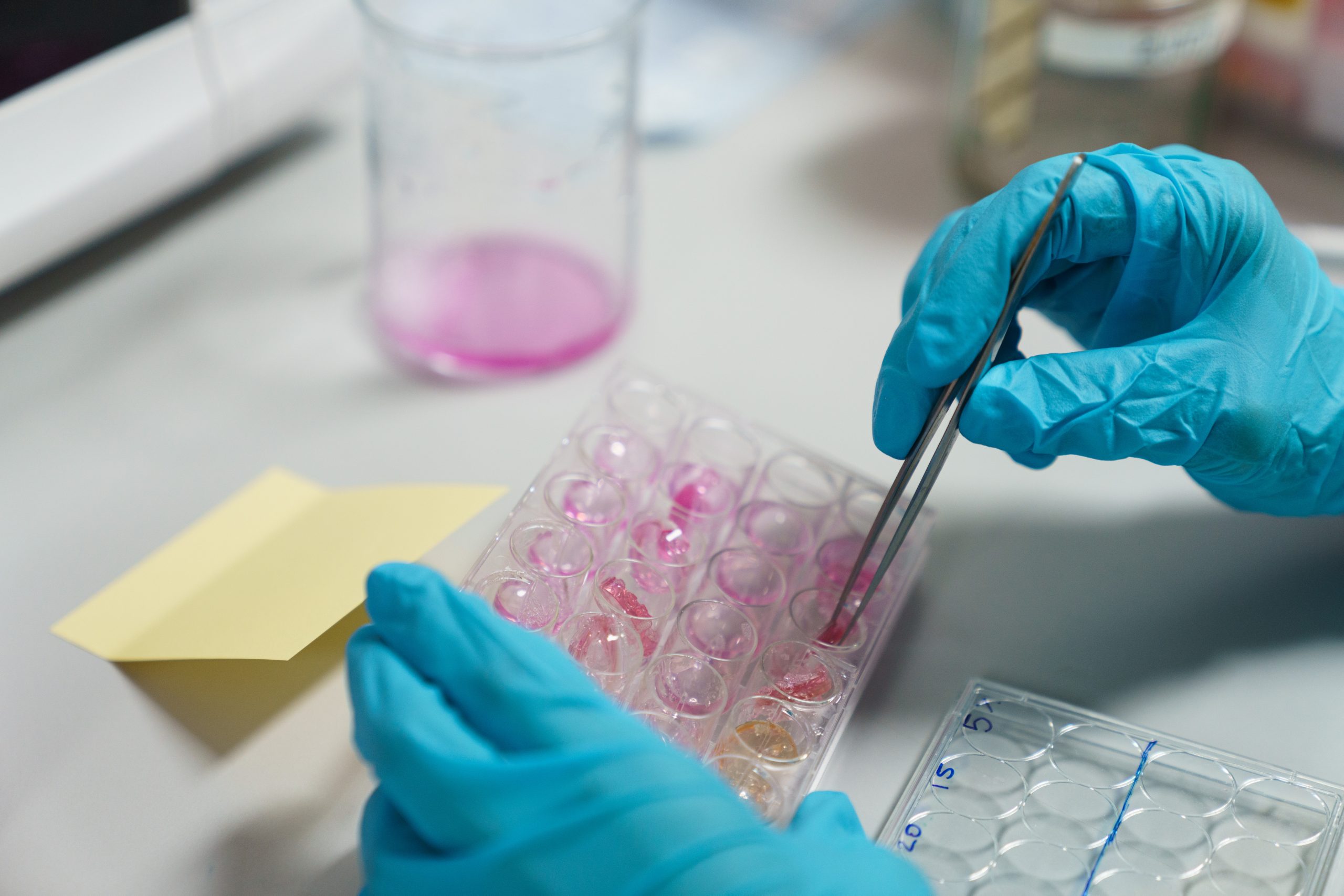
Why macrophages matter in the fight against cystic fibrosis
Lung macrophages play a significant role in the chronic inflammation associated with cystic fibrosis

Foetal bovine serum (FBS) is widely used in cell culture media, but may limit the human relevance of safety assessments. A new study demonstrates the successful transition of the TK6 cell line to an FBS-free medium.
New research shows how the TK6 cell line, which is associated with several in vitro safety assessments, was adapted to an animal product-free culture medium. The methods used in this study could improve the reproducibility and human relevance of in vitro approaches.
In vitro methods are key to the safety testing of new chemicals, products and therapeutics. Foetal bovine serum (FBS) is commonly added to cell culture medium, but batch-to-batch variability of FBS may limit the consistency of safety assessments. FBS supplementation may also introduce pathogens into cell cultures or alter the biological responses of some human cell types. As a consequence, cell and tissue culturists are under increasing pressure to reduce their use of FBS.
To maximise the reproducibility of experiments, alternative growth media should be “chemically defined”, meaning that all chemical components are known to the manufacturer. However, the uptake of chemically defined serum replacements (CDSR) has been slow. It is challenging to ensure a formulation contains all the necessary components for a certain cell type, and long-term effects on cell characteristics can be uncertain.
TK6 is a human cell line associated with several OECD test guidelines, including the OECD TG 487 assay, a genotoxicity test for the detection of chromosome fragments in the cytoplasm.
In a new study published in Frontiers in Toxicology, TK6 cells were cultured in an FBS-supplemented medium. Some cells were then either directly or gradually transitioned to CDSR-supplemented media. The direct transition resulted in compromised cell growth rate, therefore gradual adaptation was recommended. Gradually transitioned cells were sub-cultured using a culture medium that contained progressively reduced concentrations of FBS until it was completely substituted for CDSR.
A variety of characteristics were compared between cells cultured in FBS- and CDSR-supplemented medium, including size, growth, shape and metabolic activity. The researchers observed that the cell cultures transitioned to the CDSR-supplemented medium were viable and had comparable characteristics to the FBS-supplemented cell cultures. Cells cultured in CDSR-supplemented medium also demonstrated satisfactory performance in a pilot OECD TG 487 assay.
The gradual transition methodology used in this study could be applied to other cell lines, opening up further opportunities to reduce the use of FBS and increase the reproducibility and human relevance of in vitro assessments.
This study was carried out by researchers from ImmuONE, Labcorp, PAN-Biotech GmbH, PAN-Biotech Ltd, AstraZeneca, Unilever and the Nuffield Department of Medicine. Funding was supplied by the NC3Rs as part of CRACK-IT Challenge 36, the aim of which is to adapt OECD TG in vitro assays to be free from animal-derived products. This work is from phase 1 of the project and helped to secure funding for phase 2.

Lung macrophages play a significant role in the chronic inflammation associated with cystic fibrosis

Inhaled substances are primarily tested on rats for toxicity, but key differences between rat and human lungs suggest it’s time to look towards alternative methods.

We’ve just returned from the Society of Toxicology conference in Nashville, where we were excited to exhibit our upcoming in vitro cell culture models.
Make Every Breath Safe
Sycamore House
16 Leyden Road
Stevenage, Hertfordshire, UK
SG1 2BP
Copyright 2025 ImmuONE.
All rights reserved.